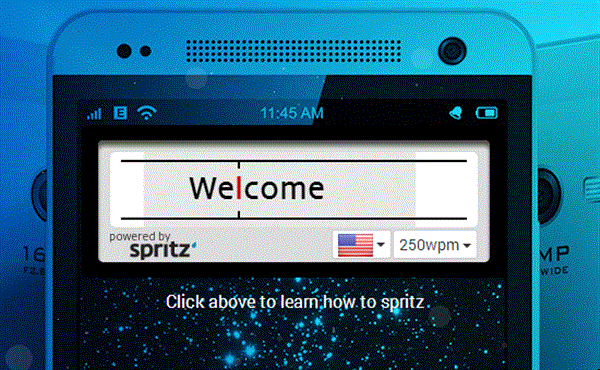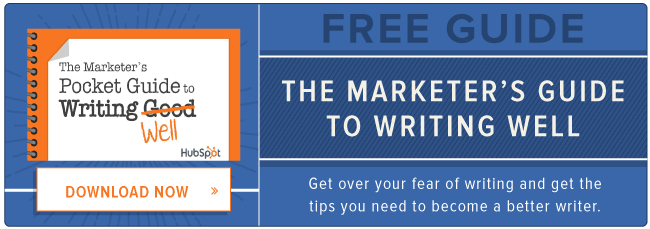
Imagine breezing through a lengthy business report in mere seconds, or tackling War and Peace in a single afternoon. For many of us, such feats sound like they belong squarely in the realm of science fiction. But to others, “speed reading” is quite real, and can be improved through practice and proper technique.
Take six-time world speed reading champion Anne Jones, for example, who read all 784 pages of Harry Potter and the Deathly Hallows in just 47 minutes. As New York Magazine reported, that works out to 4,200 words per minute — more than 10 times faster than the pace “good readers” read at. And to prove that she wasn’t simply rifling through pages with reckless abandon in order to make it seem as though she was speed reading, Jones was able to successfully summarize the major plot points of the book afterwards, suggesting that she actually retained information.
So, what’s going on here? Is Jones really able to read at word-per-minute rates far greater than what the typical, non-super human is capable of? Or is there some other, more scientific explanation behind what’s happening?
Before we dive in, let’s take a moment to understand how speed reading (allegedly) works.
Speed Reading 101
Speed reading courses have been around since the 1950s, with educator Evelyn Wood introducing one of the more popular ones — Reading Dynamics — in 1959. As with many of the speed reading courses that would follow, Wood’s course focused on minimizing the number of back-and-forth eye movements a reader made while scanning a page.
The underlying theory was that you could improve reading speed through improving reading efficiency. In other words, if you could absorb more information with each glance (e.g., through only focusing on every other word, or through honing in on just the beginnings and ends of sentences or paragraphs), you could, in theory, drastically reduce the time it takes you to read something.
Modern speed reading apps, like Spritz, rely on the same basic principle. In fact, by flashing individual words in rapid succession, such apps don’t just reduce back-and-forth eye movements, they essentially eliminate them. This leads to a highly efficient style of reading. Check out the GIF below for a sample of what it’s like.

Image Credit: thejournal.ie
But can this more efficient method of reading really help you read faster? Or does it merely make you think you’re reading faster, when in reality you’re not retaining as much information? (i.e., is “speed reading” really just another term for “skimming”?)
Based on the available research, it definitely appears that the latter is more likely than the former.
The Science of Speed Reading
For psychology professors Jeffrey M. Zacks and Rebecca Treiman, speed reading claims have always sounded too good to be true. And in a recent op-ed in the New York Times, they delivered their thoughts on the matter under the blunt headline “Sorry, You Can’t Speed Read.”
One of the biggest issues they identified, which also applies to reading apps like Spritz, is that people fail to understand the difference between perception (simply seeing words) and language processing.
Unlike perception, language processing involves stringing words together in order to derive a broader meaning from them. So while speed reading courses can indeed help you perceive more words in a given glance, that doesn’t guarantee that your brain will have enough time to actually process everything you’re seeing. That means when you’re speed reading, you’re not understanding the text as deeply compared to if you were reading normally — even if you see every single word.
In their op-ed, Zacks and Treiman used this analogy:
Have you ever tried listening to an audio recording with the speaking rate dialed way up? Doubling the speed, in our experience, leaves individual words perfectly identifiable — but makes it just about impossible to follow the meaning. The same phenomenon occurs with written text.”
Ultimately, the factor that most effects a person’s reading speed isn’t how efficient their eye movements are, it’s how extensive their vocabulary is. According to Zacks and Treiman, reading and understanding text more rapidly is all about improving language comprehension, not vision. So if you want to read faster, your best bet is to start reading more, so you can expose yourself to as many words and linguistic nuances as possible.
Have you ever tried “speed reading” before? What was your experience like? Tell us about it in the comments section below.






